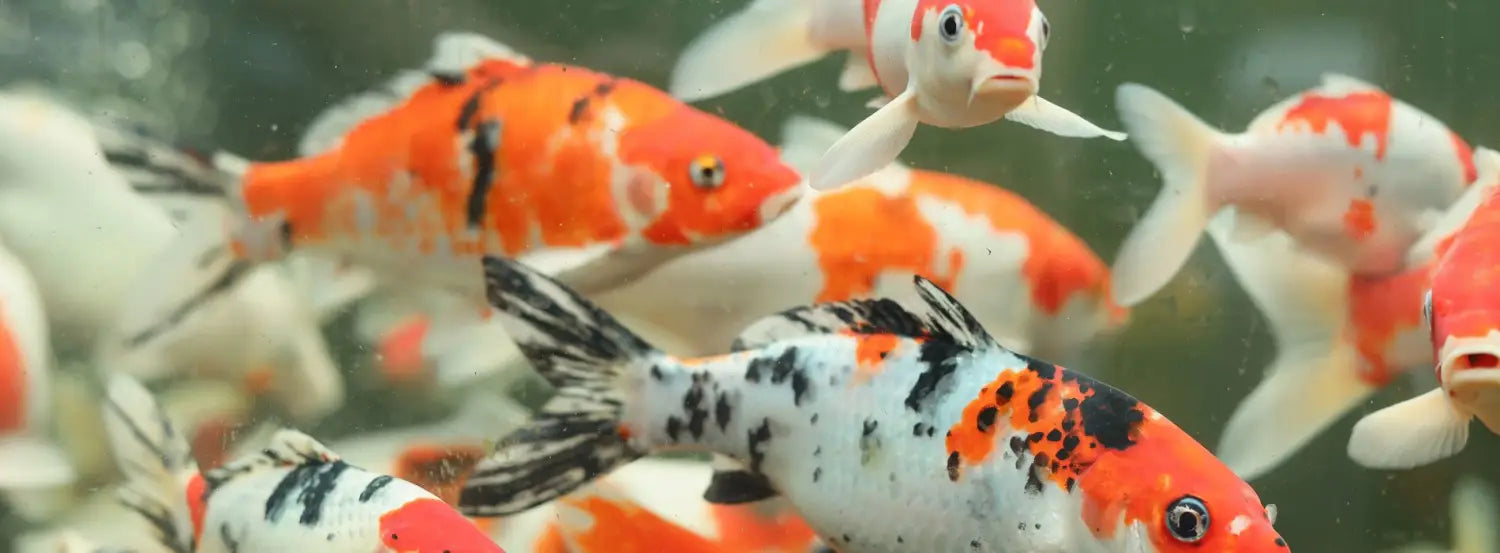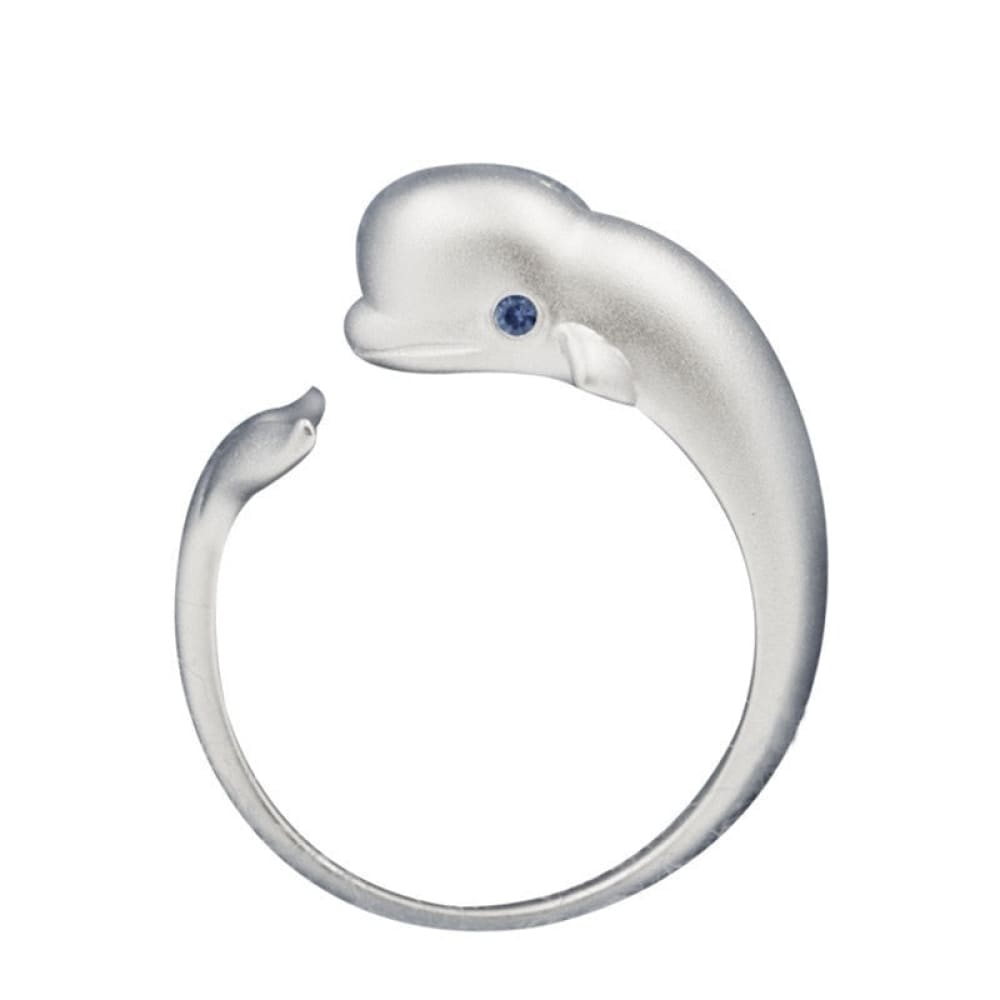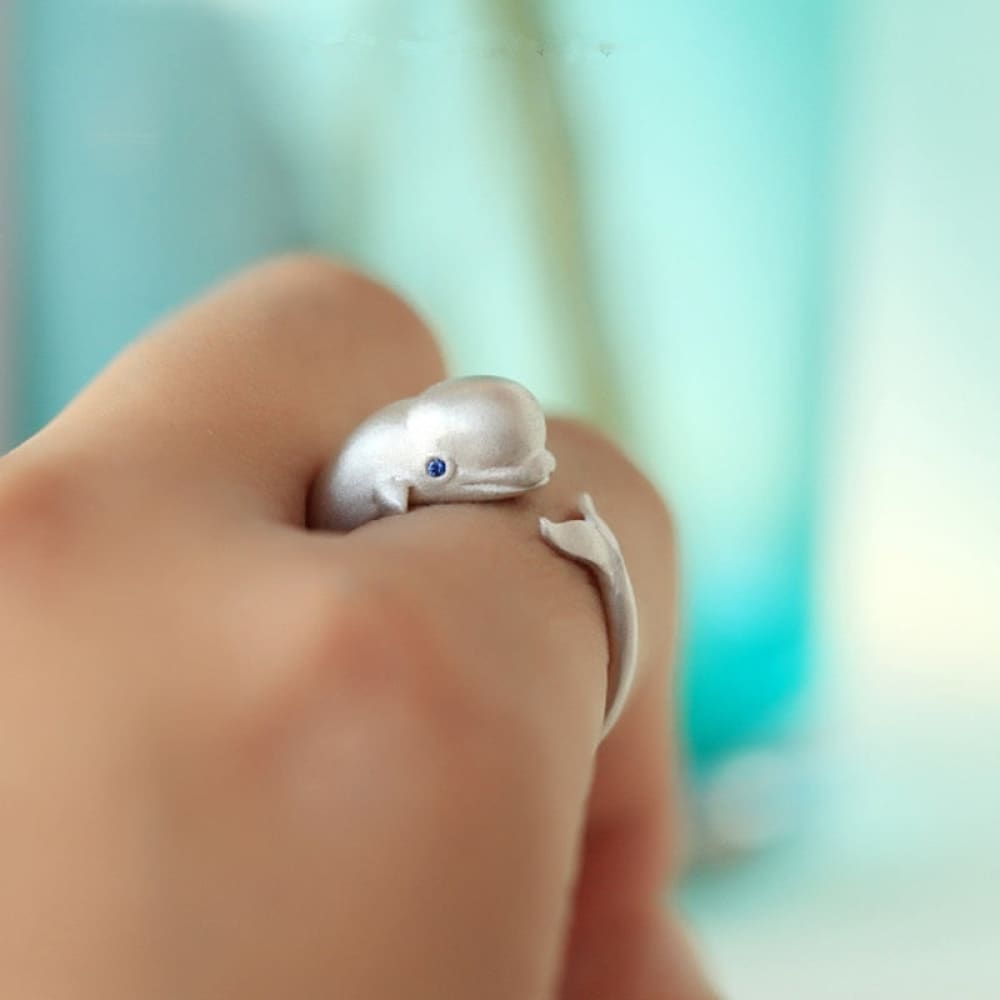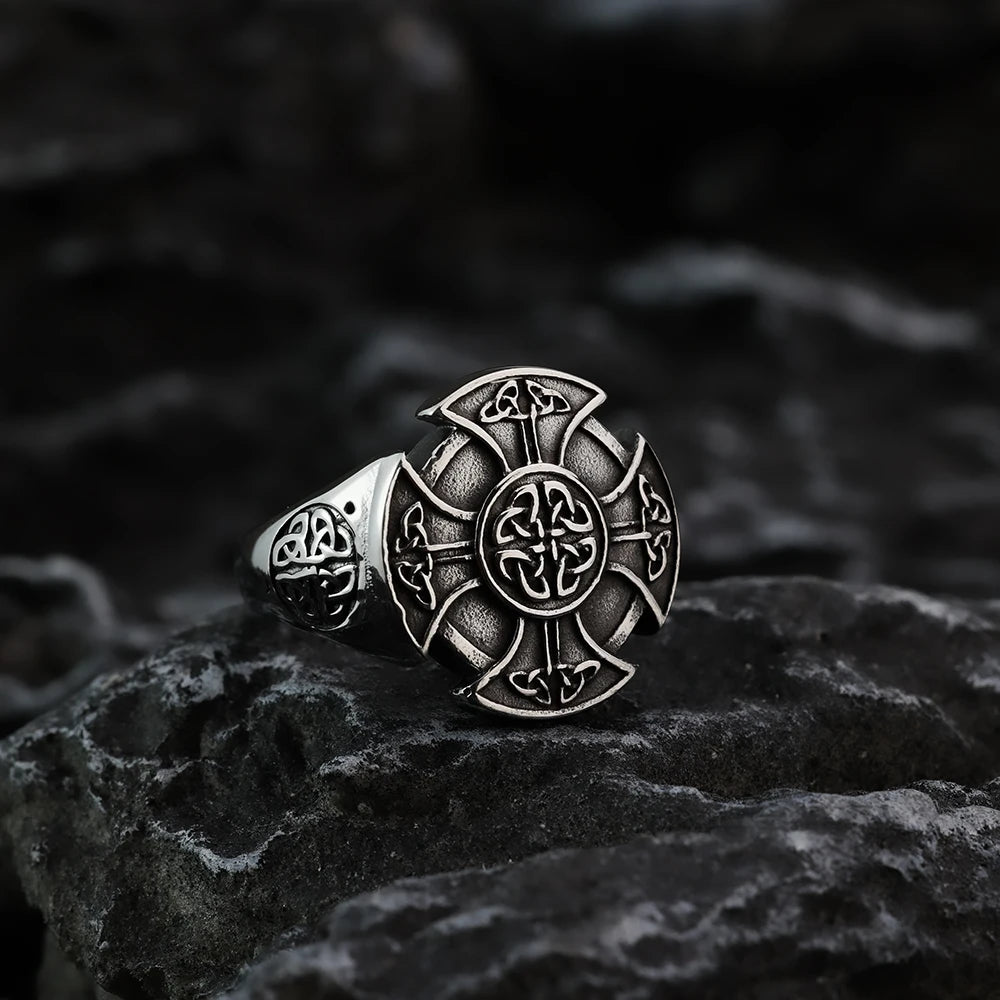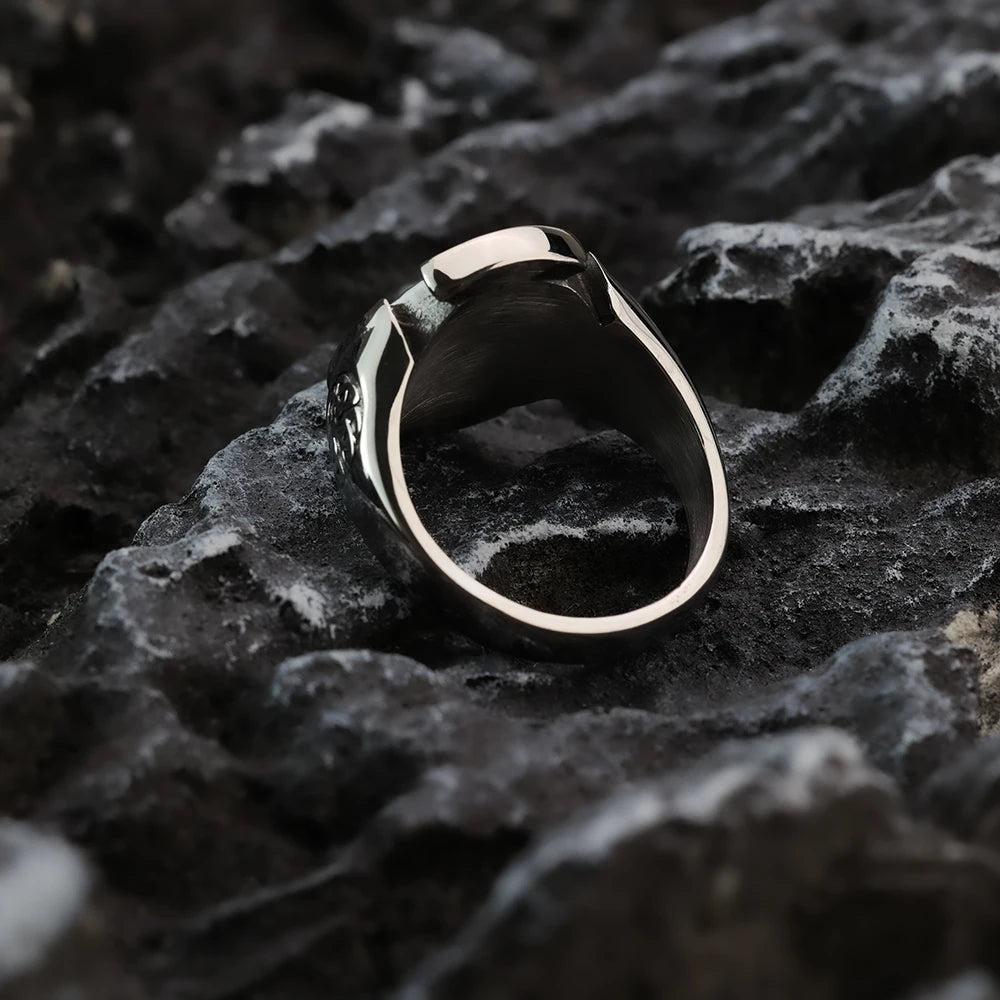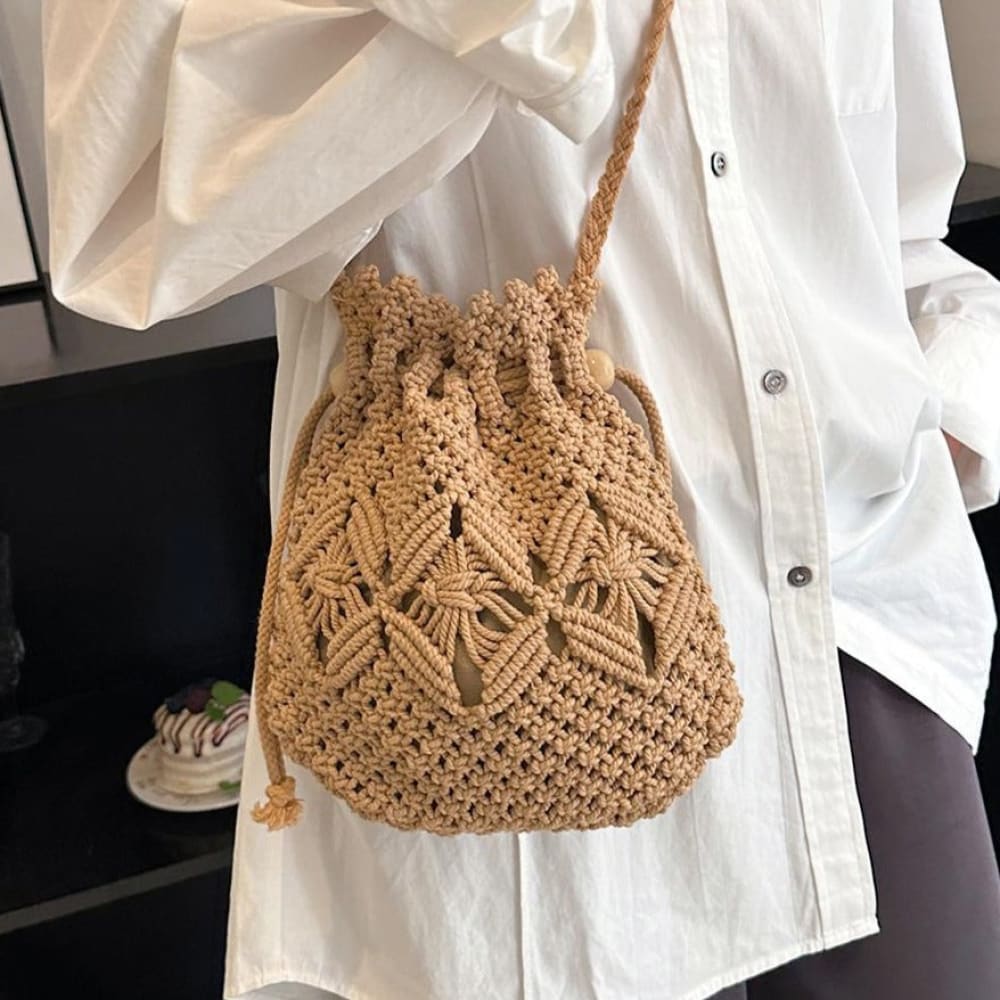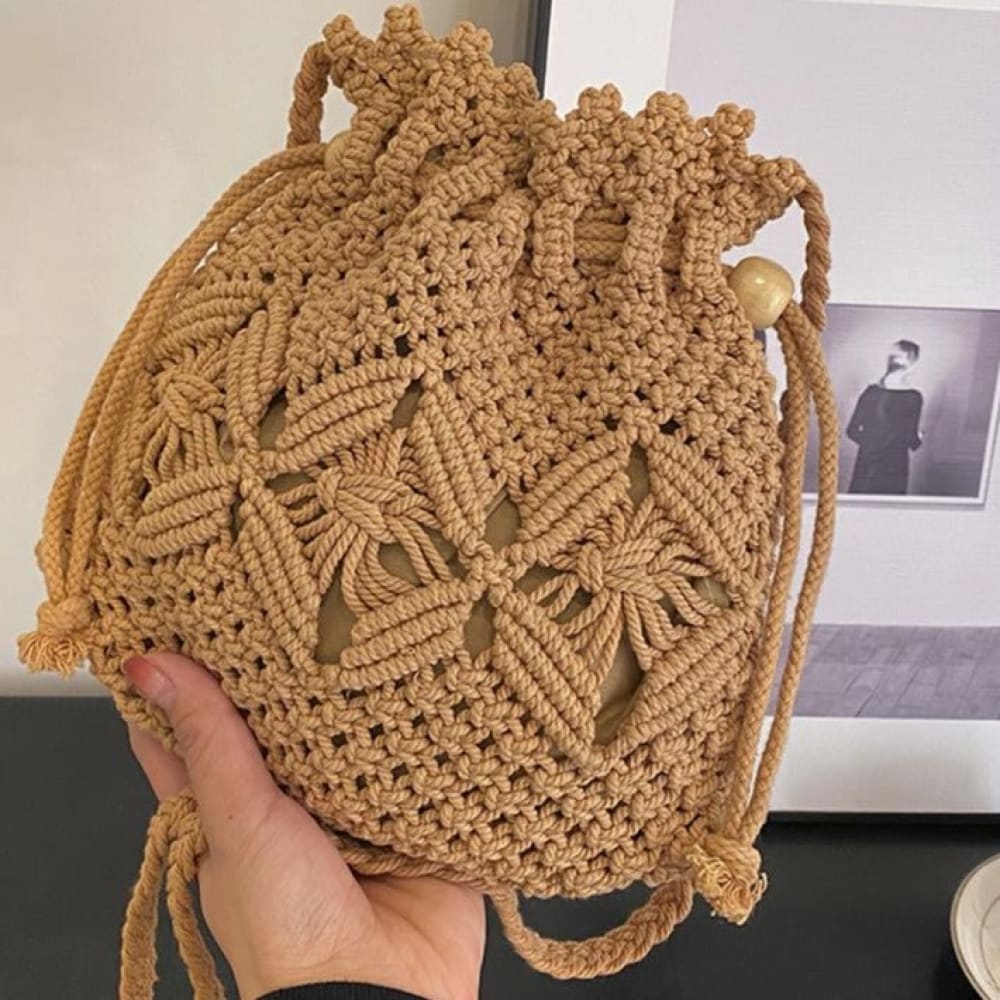Welcome to the captivating world of koi fish, where beauty, grace, and vibrant colors come together to create a mesmerizing spectacle. The koi fish, scientifically known as Cyprinus rubrofuscus "koi", is a domesticated variety of the Amur carp that has captured the hearts of fish enthusiasts and nature lovers around the world. Originating from Japan, these ornamental fish have a rich history that spans centuries. In this article, we will delve into the depths of theses fish's enchanting journey, exploring its history, varieties, breeding techniques, and the cultural significance it holds in Japanese society.
History of Koi Fish
The story begins in ancient China, where carp were first domesticated for food. These hardy fish were able to adapt to different climates and water conditions, making them ideal for aquaculture. Over time, natural color mutations occurred, giving rise to colorful carp. The Chinese "Jin Dynasty" texts from the fourth century AD mention carp of various colors, hinting at the early stages of their development.
The oldest recorded mention of colored carp in Japan can be found in the Nihon Shoki (Chronicles of Japan), completed in 720. Emperor Keikō praised colored carp in a pond in the Mino region in 94, and Emperor Suiko observed them in the garden of Soga no Umako's residence in 620. Carp were bred for color mutations in China over a thousand years ago, leading to the development of the goldfish.

The systematic breeding of ornamental carp, specifically koi, began in the early 19th century in Niigata, Japan. Selective sorts gave rise to red carp, followed by pale blue and white, red, and yellow . The Sarasa variety, with its red-on-white pattern, was created around 1830. The art of creating koi flourished, and new varieties were developed, including the popular Kōhaku, Taishō Sanshoku, and Shōwa Sanshoku. The outside world became aware of the vibrant colors and patterns of Japanese koi in 1914 when they were exhibited in Tokyo. From that point on, interest in koi spread worldwide, and the hobby of keeping them became a global phenomenon.
Varieties of Koi Fish
They are known for their stunning colors, intricate patterns, and unique scalation. The art of modification has led to the development of numerous varieties, each with its own distinct characteristics. Let's explore their incredible varieties:
Kōhaku

The Kōhaku variety is one of the oldest and most iconic varieties. It features a white base with large red markings on the top. The name "kōhaku" means "red and white" in Japanese. This variety was one of the first ornamental koi varieties established in Japan in the late 19th century. The contrast between the vibrant red and the pure white of the Kōhaku is truly captivating.
Taishō Sanshoku (Sanke)

The Taishō Sanshoku, also known as Sanke, is a close relative of the Kōhaku variety. It shares the same white base but is distinguished by the addition of small black markings. The Taishō Sanshoku was first exhibited in 1914 during the reign of the Taishō Emperor. This variety is often abbreviated as Sanke in the United States, and it has become one of the most popular varieties worldwide.
Shōwa Sanshoku

The Shōwa Sanshoku, or Shōwa Sanke, is another striking style. Similar to the Taishō Sanshoku, it features a black base, but with the addition of red and white markings. The name "Shōwa" refers to the reign of the Shōwa Emperor, during which this modification was first exhibited in 1927. In recent years, the amount of white scaling, has increased, making it challenging to distinguish Shōwa Sanshoku from Taishō Sanshoku.
These are just a few examples of the diverse and beautiful varieties of koi fish that have been developed through selective variety over the years. Each variety has its own unique charm and appeal, adding to the allure of these magnificent creatures.
Breeding Techniques

It requires skill, patience, and a deep understanding of genetics. To achieve desirable traits, they carefully select parent fish with desired characteristics and mate them to produce offspring with the desired traits. Let's explore some of the creating techniques used in the world of koi fish:
Selective Breeding
Selective way is the foundation of the fish modification. They carefully choose parent fish based on specific traits they wish to enhance or develop in their offspring. By selectively breeding fish with desirable colors, patterns, and body shapes, they have been able to create the stunning varieties we see today.
Spawning and Incubation

To initiate this process, they are placed in specially designed spawning ponds. These ponds often have sloping sides covered with spawning brushes or mats that provide a suitable surface for the koi fish to lay their eggs. Once the eggs are fertilized, they are carefully collected and transferred to incubation tanks, where they will be protected until they hatch.
Growth and Selection
As the koi fry hatch from their eggs, they are nurtured in controlled environments, such as indoor tanks or protected ponds. Breeders closely monitor their growth and development, selecting the strongest and most promising individuals for further breeding. Through this process of continuous selection, breeders can enhance specific traits and improve the overall quality of their fish.
Culling
Culling is an essential practice in their breeding. As the koi fry grow, breeders carefully assess their development and select the individuals that meet their desired standards. Fish that do not meet these standards are culled from the modification program to ensure that only the highest-quality offspring are produced.
The Cultural Significance of Koi Fish in Japan

In Japan, koi fish hold deep cultural significance and are considered symbols of good fortune, perseverance, and strength. They are often associated with concepts such as love, friendship, and success. Koi fish are commonly found in Japanese gardens and are a popular subject in traditional art forms, including painting, pottery, and tattooing.
The act of observing and feeding them is believed to bring tranquility and serenity to the observer. Many Japanese gardens feature koi ponds, where visitors can take a moment to connect with nature and find inner peace. The vibrant colors and graceful movements of them create a sense of harmony and beauty in these tranquil spaces.
In Japanese folklore, they are revered for their ability to overcome adversity. One popular legend tells the story of a koi fish that swam upstream against powerful currents and leaped over a waterfall, transforming into a majestic dragon at the top. This legend symbolizes perseverance, determination, and the ability to overcome obstacles.
Our last words...
In conclusion, the world of koi fish is a captivating realm of beauty, grace, and symbolism. These magnificent creatures have been revered for centuries in Japan and have become a beloved hobby for fish enthusiasts worldwide. From their rich history and stunning varieties to the art of modification and care, there is much to discover and appreciate about this awesome creature. Whether you are drawn to their vibrant colors, graceful movements, or the deeper meanings they hold, the enchantment of them is sure to leave a lasting impression.
We hope you've enjoyed this article!
Feel free to subscribe to our private newsletter to receive more exclusive article. You will also receive a 10% bonus discount for our sea world catalogue. You will be notified via email whenever we release a new wonderful jewelry piece of the ocean !
Feel free also to go check out our website, we provide the best sea content and we offer you the best nautical jewelry all around the globe !

